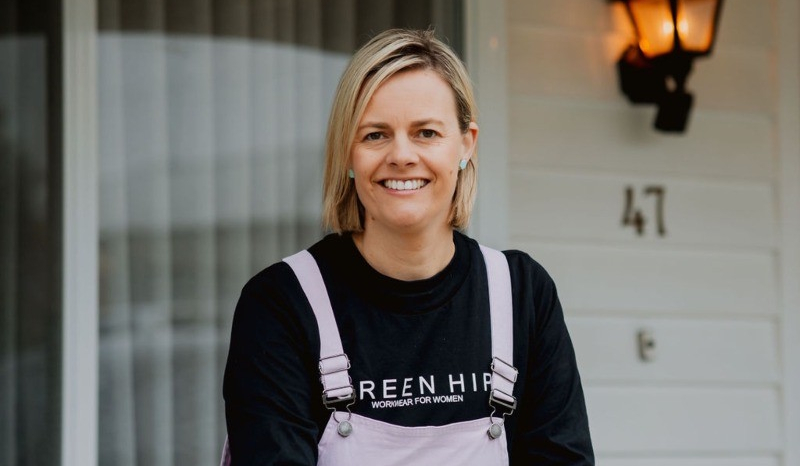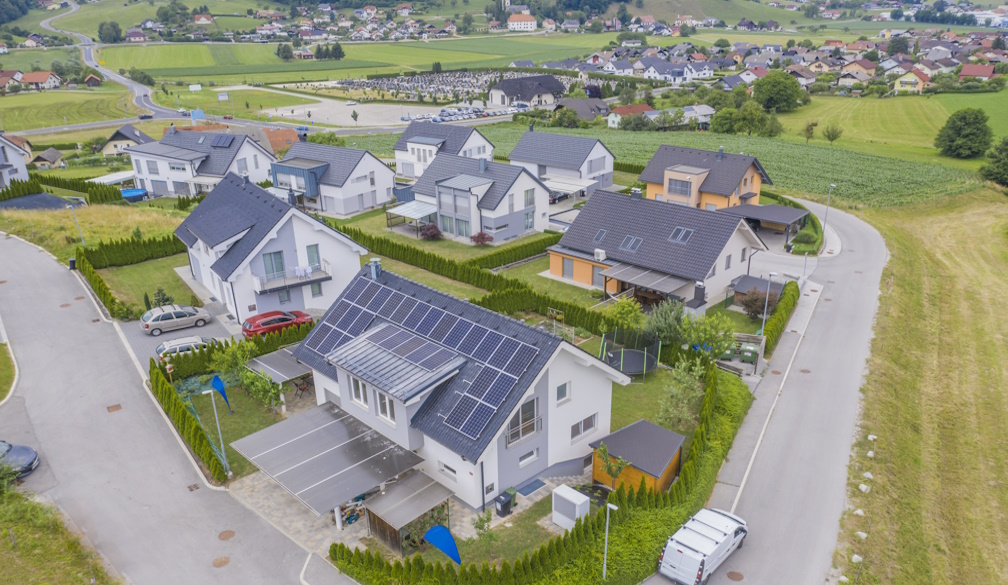The Industry That Forgot About Women - Until Now
- Written by Olivia Thwaites, CEO & Founder of Green Hip

For years, women in trades have started their days pulling on uniforms made for someone else. The fabric was stiff, the cut awkward, and every seam was a reminder that these workplaces had not been designed with them in mind. Across Australia, women are welding, wiring, managing crews and training apprentices, an essential part of the labour force - yet something as fundamental as what they wear has too often been overlooked.
Research shows that everyday site conditions influence whether women stay in the trades, and clothing plays a greater role than many realise. The emergence of women-specific workwear sits directly within that context. Green Hip, supported by crowdfunding platform LIFTWOMEN and its Global Accelerator, has played a role in bringing long-overdue attention to an issue once dismissed as minor. What began as a focus on the practicalities of fit has evolved into part of a broader movement to build workplaces, and industries, that acknowledge and reflect the diversity of those who keep them running.
A Shift in Visibility
The number of women entering the trades has steadily grown over the past decade – from approximately one in ten, to closer to one in seven today. Yet progress in representation has not always been matched by progress in design. Ill-fitting or uncomfortable uniforms were long treated as an inconvenience rather than a barrier, but those daily compromises shaped how many women saw their place, and their future, in the industry.
As awareness has grown, so too has the expectation of better. Companies designing workwear specifically for women have emerged as part of a broader cultural shift - one where belonging, safety and equality are recognised as inseparable. Properly fitted workwear is no longer a token gesture; it has become a baseline expectation and an enabler of both safety and confidence.
Building Community Around Change
The push for more inclusive workwear evolved alongside a growing network of women-led businesses focused on equity and innovation. The LIFTWOMEN Grant Challenge provided not only financial support but also a platform for collaboration, mentorship and the exchange of ideas. Within that environment, founders were able to test concepts, refine priorities and build resilience in the face of common challenges.
That sense of shared purpose continues to influence change across the sector. As more women lead conversations about design, safety and representation in traditionally male-dominated fields, the outcomes extend beyond clothing, shaping attitudes toward inclusion and leadership more broadly.
Designing with Experience in Mind
The development of effective workwear is increasingly being shaped by people who understand trade work from the inside.Green Hip grew out of hands-on experience in the trades, where the limitations of poorly designed clothing were impossible to ignore. That practical understanding - how garments need to move during repetitive tasks, withstand strain and stay comfortable through long, physical days - sits at the core of the brand’s design approach.
This foundation is strengthened through structured, real-world testing with tradeswomen across a range of industries. Garments are worn through long shifts, heavy lifting, harsh weather and the constant bending, stretching and climbing that define daily on-site work. Their feedback shapes every detail, influencing pocket placement, fabric flexibility and tweaks in the areas that get the most wear.
Women who once had to roll up oversized sleeves or stitch their own adjustments are now helping to set new standards for the industry. Speaking up about design and comfort is no longer viewed as a complaint but as a contribution to progress.
As those voices grow stronger, the trades begin to more accurately mirror the diversity of those who sustain them. The industry is better for it - safer, more inclusive, and more capable of meeting the demands of a changing workforce.




















